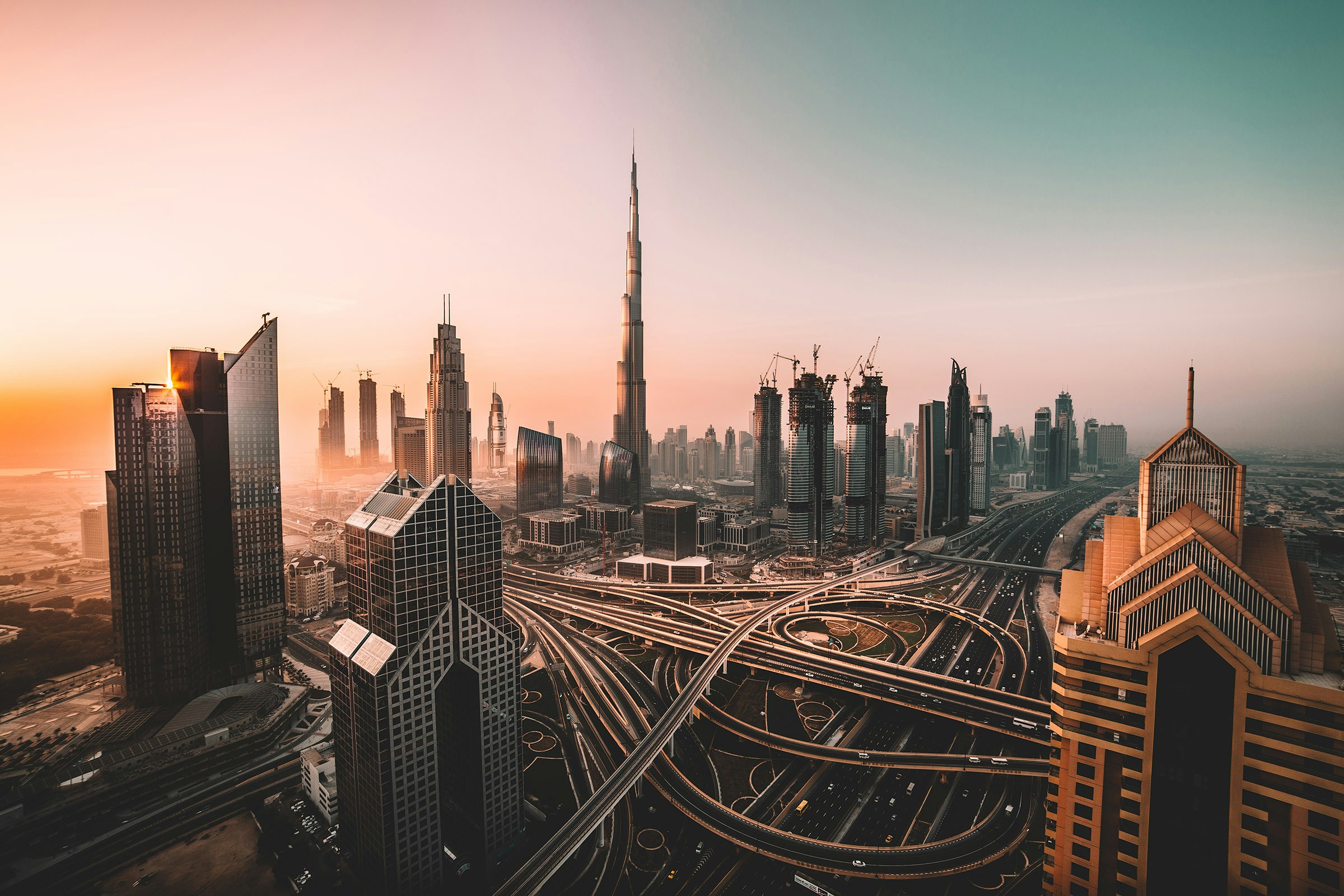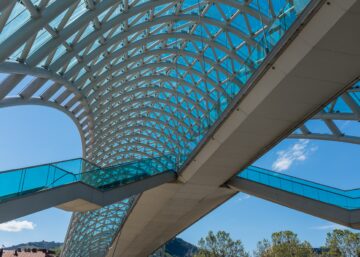The rise of Middle East sovereign wealth funds (SWFs) has been one of the most transformational trends in asset management.
Regional SWFs are forecast to manage close to $8 trillion by 2030, a near doubling from last year’s asset level, according to industry specialist Global SWF. That firepower means Middle East wealth funds are regularly on major deal tickets and are sought after co-investment partners and limited partner (LP) investors.
Moreover, regional governments create economies beyond natural resources extraction, and SWFs are increasingly deployed to finance ambitious infrastructure, development, and even soft power ambitions.
Saudi Arabia’s near trillion dollar Public Investment Fund (PIF) is a case in point. PIF headlined the three largest private markets deals of 2023 by a SWF, according to Global SWF’s deal league table, and invests widely across sectors including heavy industry, tourism and construction.
The fund, overseen since 2015 by Crown Prince Mohammed bin Salman, and given a mandate to support Saudi Arabia’s economic transformation, is one of the most active SWFs. It snapped up U.S. gaming company Scopely for $4.9 billion, Standard Chartered Bank’s aircraft leasing unit for $3.6 billion, and SABIC’s steel division Hadeed for $3.3 billion.
Those headline transactions and others reflect the changing landscape for the region’s SWFs. Deals by Middle East state-owned investors, a descriptor that includes SWFs, public pension funds and central banks, rose from $20.5 billion in 2018 to $82.3 billion last year, the fastest growth rate of any region.
The spate of office openings by private equity firms is a further sign of how important Middle East wealth funds have become for the investment community. While stolid names like Blackstone have been in the region for more than a decade, Ardian, Blue Owl, Brookfield Asset Management, CVC, General Atlantic, and HIG Capital are all among the firms to have opened offices in the region over the past three years.
Financing the region’s future
While the region’s wealth funds continue to invest overseas with splashy marquee deals including several English Premier League football teams, there has also been a refocus on channeling funds into national projects and ambitious economic growth plans.
“This region has always been a big spender. But it was a case of spending here and investing abroad,” said Huda Al Lawati, Founder and CEO of Abu Dhabi-based Aliph Capital. “In the recent past, there has been a deliberate shift – we have moved from simply spending at home to investing here. SWFs in particular, whilst continuing to have an international mandate and be big allocators globally, now all have local development mandates to catalyse the local economies.”
Middle East SWFs perhaps best do this through joint ventures, where they team up with international companies to help them expand domestically. PIF last year inked joint ventures with tyre maker Pirelli, car maker Hyundai and steel manufacturer Baosteel to set up respective manufacturing centres in the Kingdom. Abu Dhabi’s Mubadala invested in U.S.-based Resilience with a similar goal to set up a biopharma production centre in the United Arab Emirates (UAE).
The most ambitious project though is Vision 2030; Saudi Arabia’s plan to reshape its economy, including building futuristic new cities using capital from SWFs and other investors to support the goals. As part of that effort, PIF has seeded dozens of related projects including a new $30 billion airline, Riyadh Air, and a regional development group, Jeddah Central Development Company, to turn the historic coastal city into a major tourism and cultural destination.
The SWF is also behind the international golf tournament LIV Golf that wooed leading players away from the Professional Golfers Association tours, and a major push to turn Saudi’s football league into a globally watched event by signing stars like Cristiano Ronaldo.
“Middle Eastern SWFs are working with their governments to share their culture through new investments in resorts, historic districts, sports, local foods, and other areas,” said Matthew Berretta, Senior Editor at Sovereign Wealth Fund Institute. “The goal is to become a destination and introduce others to the Middle East through various means.”
Other regional SWFs have been similarly utilised by their respective governments. One major focus area has been green technology. Notably, the UAE, when hosting the COP climate conference last December, announced a $30 billion project named Alterra with support from wealth fund ADQ to invest in climate finance. Alterra will invest in green funds run by other managers with BlackRock, TPG and Brookfield identified last year as early partners. ADQ also helped finance a multi-billion investment into Chinese electric car manufacturer NIO.




